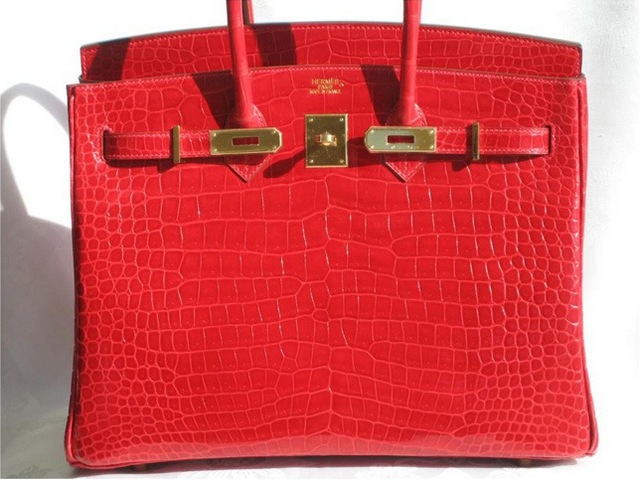Parachute pants, baby-doll dresses, fanny packs and leg warmers – dated as they are now, these have one thing in common: at some point in time they were major fashion trends. From catwalks to magazine covers, from celebrities to regular Joe’s, when these items were ‘in’, they were snatched up off the racks in the blink of an eye. Yes, trends are certainly a major part of fashion, but are they really that important?
The Science of Forecasting

Fashion forecasting can be a valuable tool for predicting the seasons’ hottest, colors, designs and styles
(image via blogspot.com)
Have you ever wondered why Giambattista Valli and Versace’s spring collections included floral and tweed? Or why there was faux fur on every runway for winter? Two words: fashion forecasting. Predicting styles, colors, and even fabrics that will be popular next season, it can be a source of inspiration for many. On the other hand, due to their dependency on the forecasting agencies, designers risk growing too lazy to put much effort or imagination into their creations, leading in turn to boutiques being filled with same old designs. And even though some experts argue that fashion is becoming less inventive and more homogeneous because of this, it seems that the brands’ faith in forecasts is now a trend in itself.
Designer vs. Trends
So are fashion labels too reliant on the system? There is no simple answer to the question, since there are repercussions whether the designer chooses to follow trends or to ignore them altogether. Although, at a glance making use of forecasts might seem like the ‘easy way out’, it might actually make development of new collections more challenging. Trying to produce something that is authentic to the brand – while integrating a particular color, shape, fabric or pattern – can hinder creativity.

Consumers are constantly bombarded with information about the next 'it' piece via the internet, TV and magazines
(image by Maegan Tintari [CC BY 2.0], via Flickr)
On the other hand, taking advantage of trends might give the label a competitive edge. Since customers tend to do their own research by following bloggers and looking at celebrity photos (who have early access to stylish garments), they anticipate seeing particular items in store. And if a brand cannot provide the ‘it’ piece of the moment, they will find another label to fulfill their needs. Moreover, by taking trend predictions into consideration, designers can create garments that will probably hang well with other brands’ collections in boutiques (provided they also pay attention to the tendencies), which means that the shoppers will have an easier time mixing and matching different pieces.
To Follow or Not To Follow?
(image via kokoroyale.com)
So to some degree it is totally understandable and often beneficial for designers to roll with the forecasts. While few would expect Marchesa to step out of their genre and start making leopard print leggings, or see booty shorts gracing the Chanel runway, in some instances learning to adapt can prove successful. Is following trends guaranteed to make or break a brand? Not necessarily. There are labels whose main aim is to totally disregard tendencies and march to the beat of their own sartorial drum. But if you love fashion and you can afford it, go ahead and buy that hype Birkin bag or Valentino shoe. And if you want to include metallic in your spring collection, then weigh the pros and cons of your decision, and don’t compromise on creativity or quality just to please the masses.



About The Author: BridgeShowroom
Since 2011, BRIDGE SHOWROOM has been representing Europe's finest designers in America.
We are partners, linking together retailers and designers.
More posts by BridgeShowroom